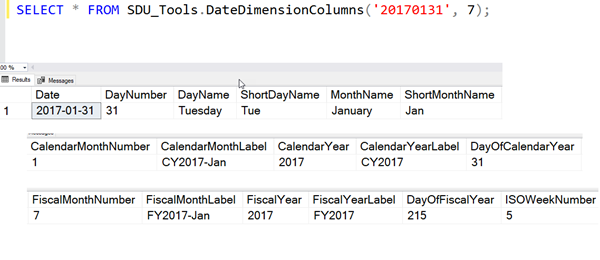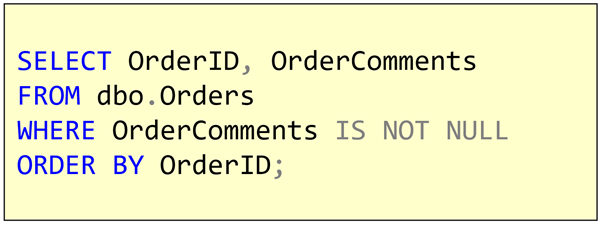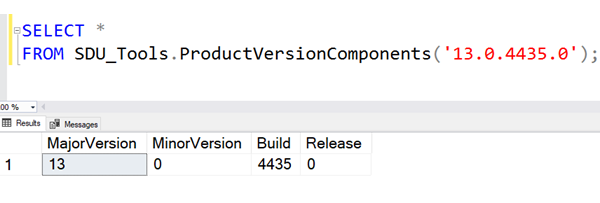
SDU Tools: Calculate Date Dimension columns in SQL Server T-SQL
When you’re building a data warehouse using SQL Server, one of the first things that most people start to design is a Date dimension. To make that really, really easy, in our free SDU Tools for developers and DBAs, we added a tool called DateDimensionColumns.
This tool is a table-valued function that takes a date, and returns a set of columns that many will find enough for a good Date dimension. You can see the list of returned columns in the main image above.
2019-07-31









